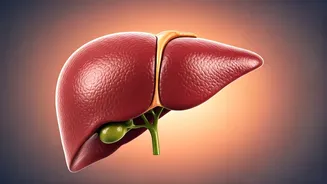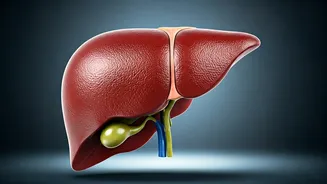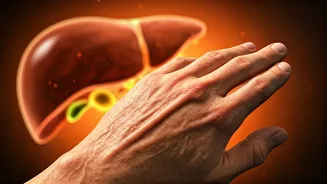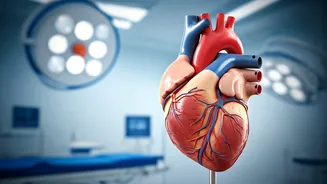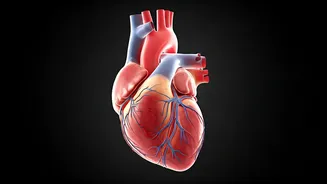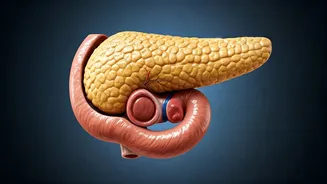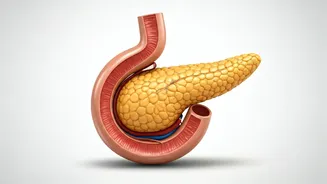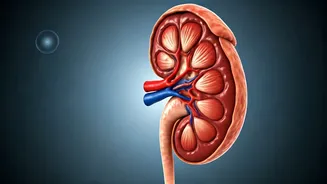Initial Signs Examined
Early indicators of liver damage can be incredibly subtle, often dismissed as common ailments. One of the first signs is frequently fatigue, an overwhelming
tiredness that persists even after adequate rest. This can be accompanied by unexplained loss of appetite, making meals less appealing and potentially leading to weight loss. Digestive issues, such as nausea or a general feeling of discomfort after eating, can also arise. As liver function declines, jaundice might develop, causing a yellowing of the skin and eyes due to a buildup of bilirubin. Additionally, the skin may become itchy without any apparent rash. These early symptoms, while seemingly insignificant, are critical signals from your body, and understanding them is the first step towards liver health.
Advanced Symptom Overview
As liver damage progresses, the symptoms become more pronounced and concerning. Swelling, particularly in the abdomen (ascites) and the legs or ankles (edema), can occur due to the liver's decreased ability to produce essential proteins and regulate fluid balance. The skin may become more susceptible to bruising, as the liver produces factors vital for blood clotting. Dark urine and pale stools are also common, reflecting impaired bilirubin processing. In severe cases, the brain can be affected, leading to confusion, memory loss, and even hepatic encephalopathy. This occurs when the liver cannot remove toxins from the blood, causing them to impact brain function. Recognizing these advanced signs necessitates prompt medical attention, as they often indicate more severe liver disease.
Potential Damage Causes
Various factors can contribute to liver damage. Excessive alcohol consumption is a well-known culprit, leading to alcoholic liver disease, including fatty liver, hepatitis, and cirrhosis. Viral infections, particularly hepatitis A, B, and C, can inflame the liver and cause significant damage over time. Non-alcoholic fatty liver disease (NAFLD) is another prevalent issue, often linked to obesity, diabetes, and high cholesterol. Certain medications, both prescription and over-the-counter, can be toxic to the liver if taken in excess or for extended periods. Exposure to toxins in the environment or certain chemicals can also pose a risk. Understanding these potential causes is vital for preventative measures and for adopting lifestyle changes, such as modifying diet and avoiding unnecessary medications, to protect liver health.
Healthy Lifestyle Choices
Adopting a liver-friendly lifestyle can significantly improve and maintain liver health. Limiting or avoiding alcohol is paramount, as alcohol is a major risk factor for liver damage. Maintaining a healthy weight through a balanced diet and regular exercise can help prevent NAFLD. A diet rich in fruits, vegetables, whole grains, and lean protein supports liver function, while reducing processed foods, saturated fats, and added sugars minimizes strain. Staying hydrated by drinking plenty of water is essential for overall health, including liver function. Avoiding or using medications cautiously, especially those known to affect the liver, is also crucial. Regular check-ups with a healthcare provider can monitor liver health and detect potential issues early.
Seeking Medical Assistance
It is critical to seek medical attention if you suspect liver damage. If you notice any of the symptoms discussed, such as persistent fatigue, jaundice, abdominal swelling, or unexplained bruising, consult a doctor immediately. Early diagnosis and treatment can significantly improve outcomes and prevent further complications. A healthcare professional can perform blood tests to assess liver function and identify potential causes of damage. Imaging tests, such as ultrasound, CT scans, or MRI, can visualize the liver and detect structural abnormalities. Depending on the diagnosis, treatment options may include lifestyle modifications, medications, or, in severe cases, liver transplantation. Timely medical intervention is vital for managing liver disease and safeguarding your long-term health.
